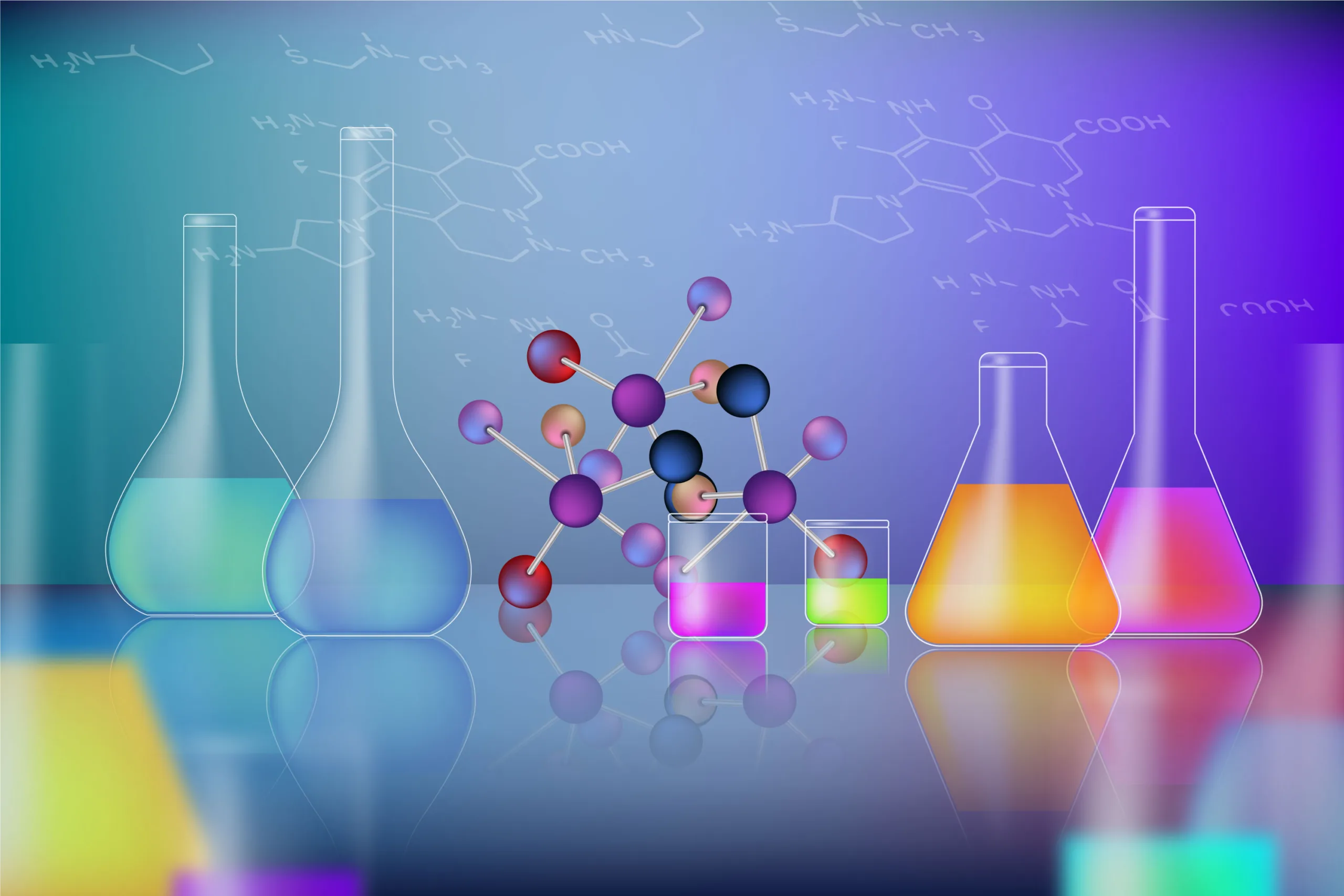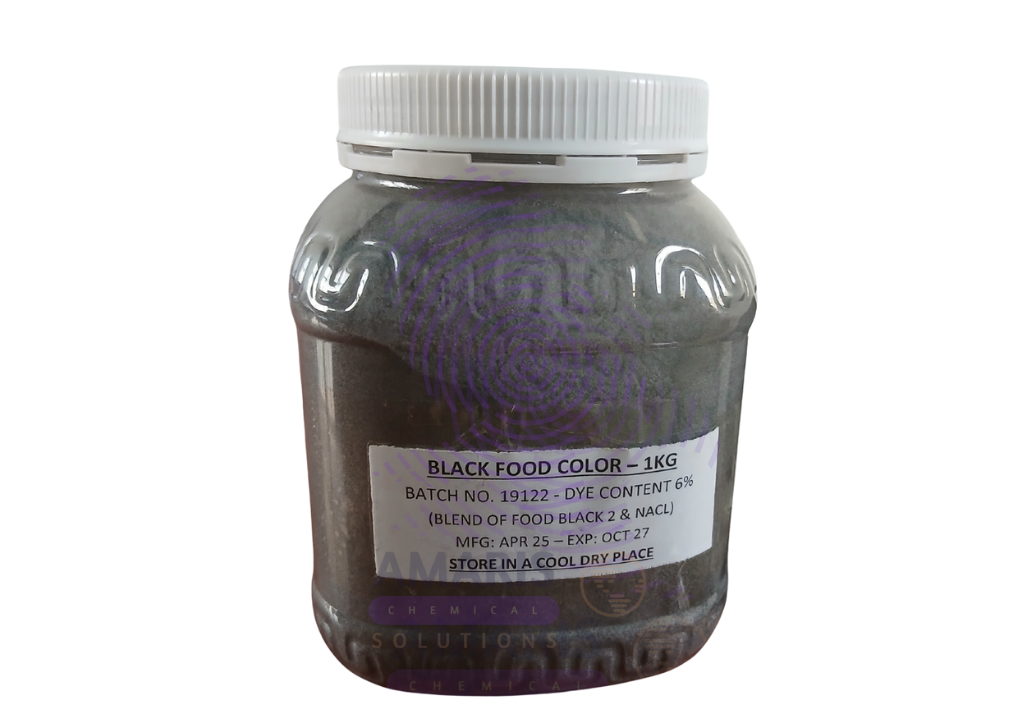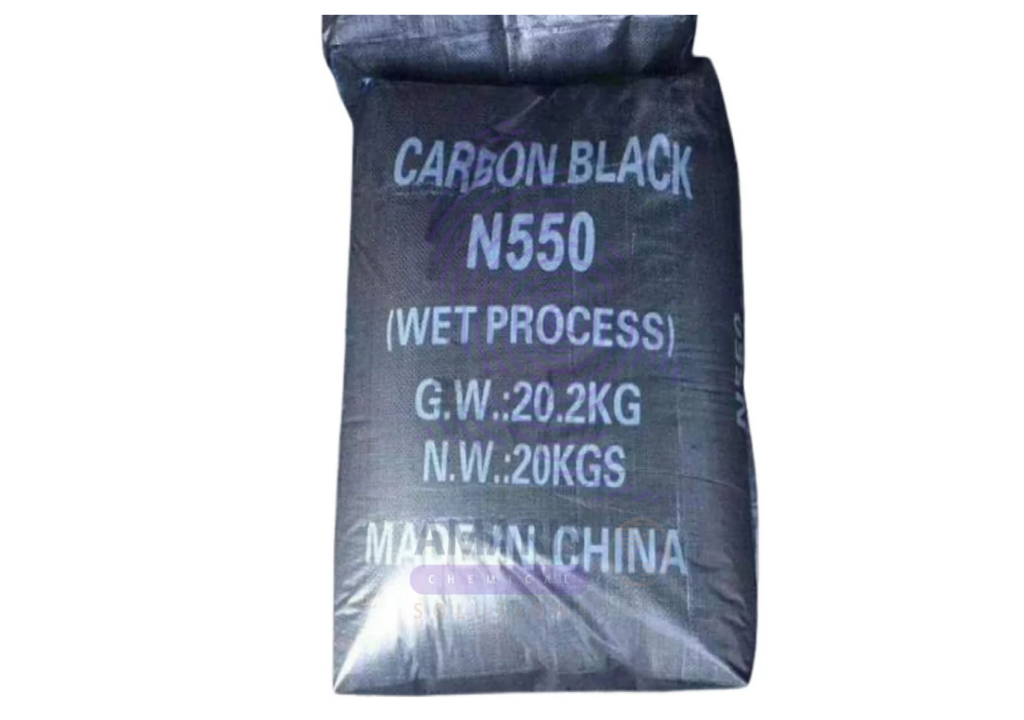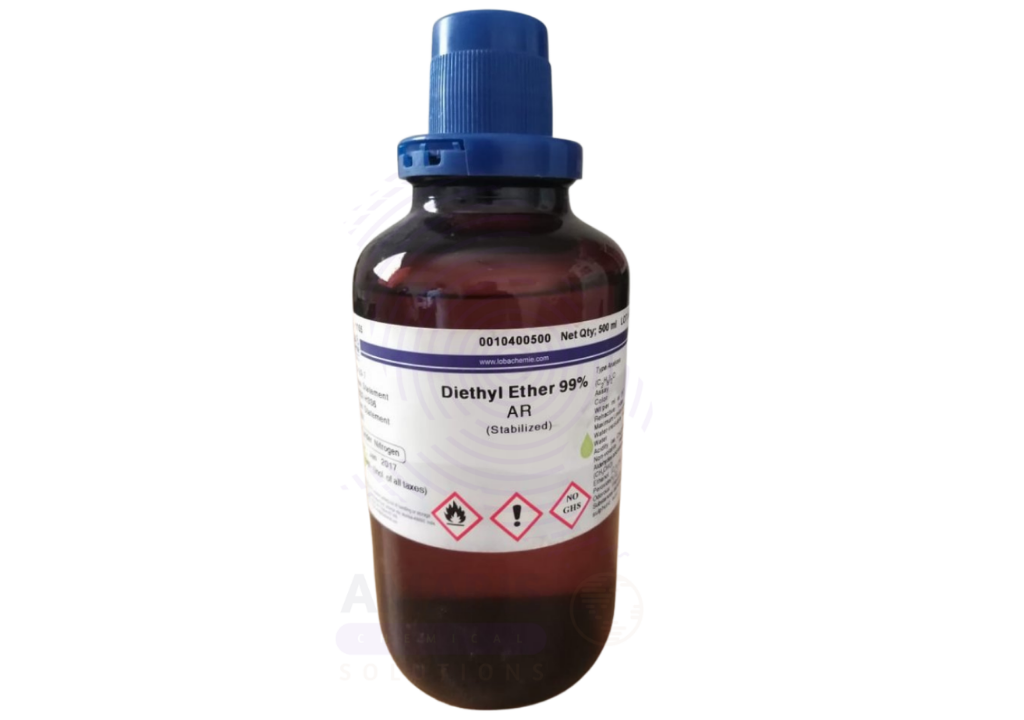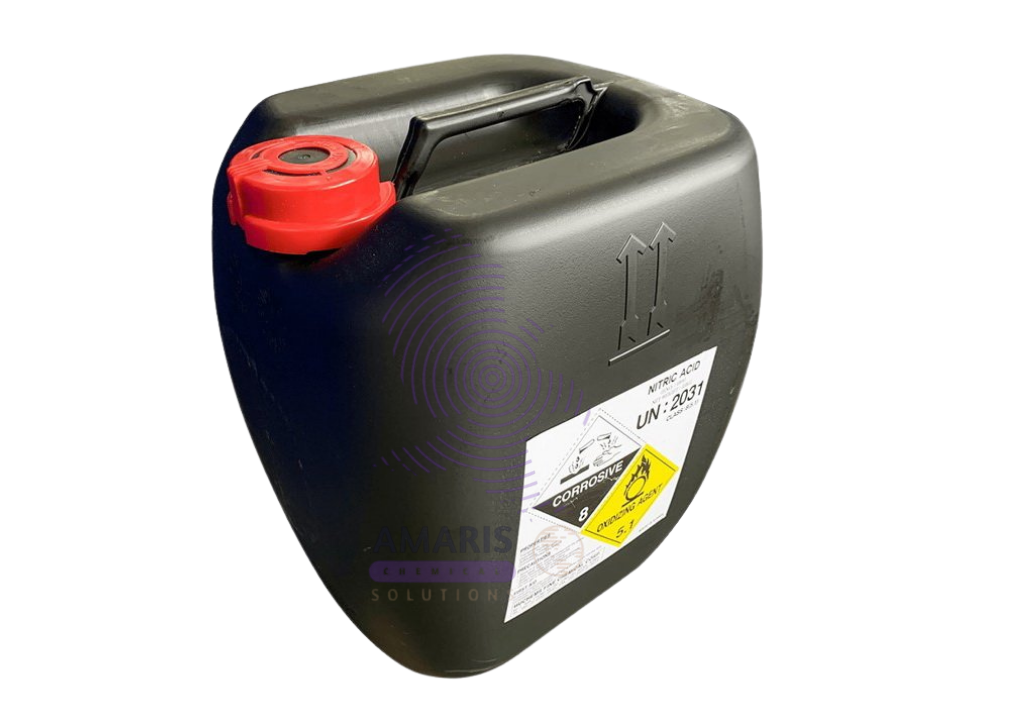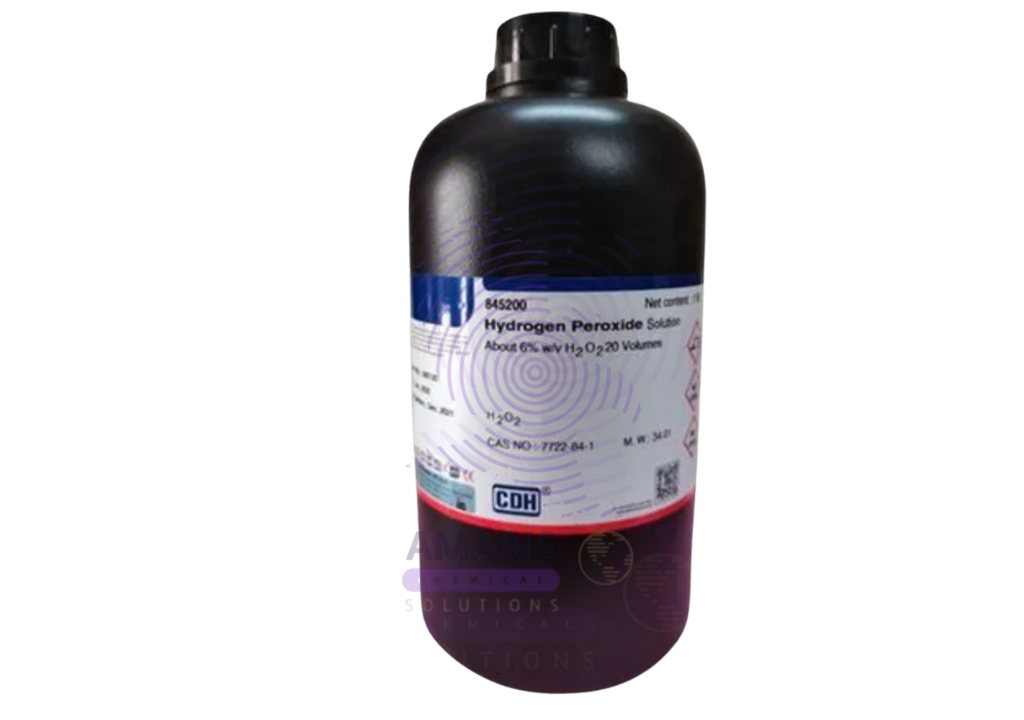Nitric Acid Extra Pure: The Sharp Edge Of Precision Chemistry
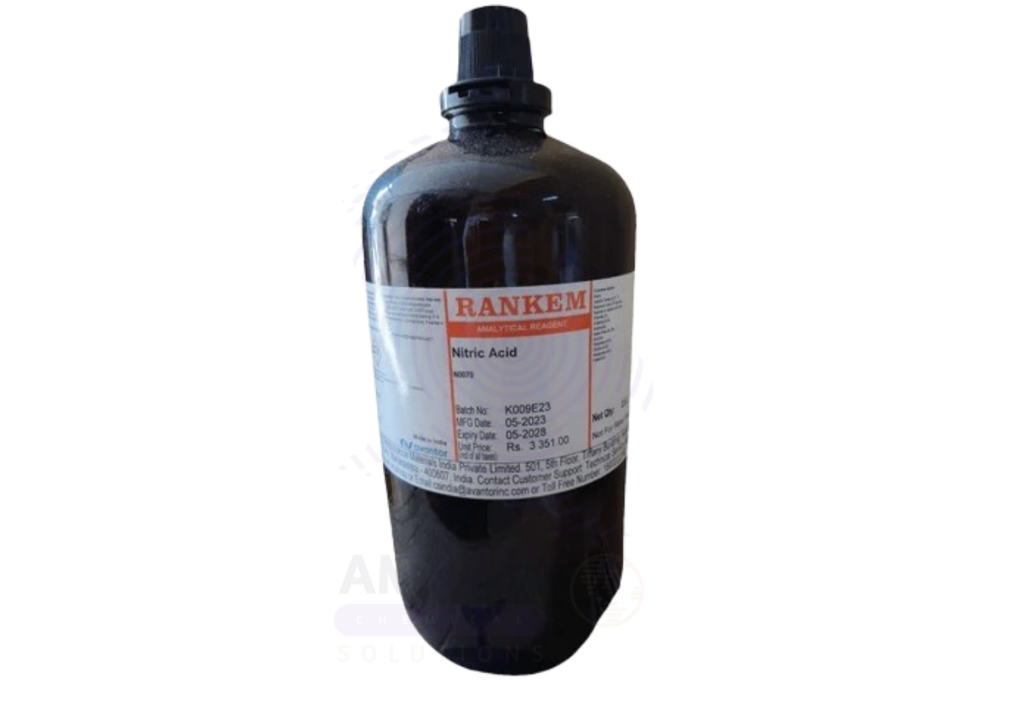
Nitric Acid is one of the most powerful and reactive mineral acids known to science. In its Extra Pure form, this chemical becomes an indispensable tool for laboratories, research institutions, and high-precision industrial applications. Whether it’s used for analytical chemistry, semiconductor cleaning, or specialty synthesis, Nitric Acid Extra Pure delivers unmatched purity and performance.
This article explores the chemical’s properties, its broad range of applications, safety considerations, and environmental implications — all tailored to highlight its importance in precision-based scientific and industrial sectors.
What is Nitric Acid Extra Pure?
Nitric Acid (HNO₃) is a strong, highly corrosive, and colorless to slightly yellow liquid with a suffocating odor. The “Extra Pure” grade refers to laboratory-grade nitric acid, often exceeding purity levels of 99%, and is free from contaminants that could interfere with sensitive reactions or analytical measurements.
Its oxidizing strength, ability to nitrate organic molecules, and reactivity with metals make it one of the most versatile acids in scientific work.
Key Physical & Chemical Properties
- Chemical Formula: HNO₃
- Molecular Weight: 63.01 g/mol
- Appearance: Colorless to pale yellow fuming liquid
- Boiling Point: 83 °C
- Melting Point: -42 °C
- Density: 1.51 g/cm³ (at 20 °C)
- Solubility: Miscible with water
- Odor: Sharp, acrid, and choking
When exposed to air, especially in impure form or during decomposition, nitric acid can emit brown nitrogen dioxide (NO₂) fumes.
Applications of Nitric Acid Extra Pure
1. Analytical Chemistry
Nitric acid is essential in the preparation of samples for atomic absorption spectroscopy (AAS), ICP-MS, and wet digestion methods. Its purity ensures no interference from trace metals or reactive impurities.
2. Metal Purification and Etching
Used to clean and etch metals like stainless steel, copper, and aluminum, Nitric Acid Extra Pure ensures precision in electronic component manufacturing, microfabrication, and laboratory glassware cleaning.
3. Semiconductor and Microelectronics
In electronics-grade cleaning, it is used to eliminate trace metal contamination from wafers and substrates. Its high oxidizing power is vital for removing organic residues and surface particles.
4. Nitration Reactions
In organic synthesis, nitric acid is used to introduce nitro groups into aromatic rings, producing key intermediates for dyes, explosives, and pharmaceuticals. The extra pure grade is crucial to prevent contamination in high-yield reactions.
5. Aqua Regia Preparation
A combination of Nitric Acid and Hydrochloric Acid (in a 1:3 ratio) forms aqua regia, one of the only solutions capable of dissolving noble metals like gold and platinum.
6. Educational and Research Laboratories
In advanced chemistry labs, nitric acid is often used for qualitative analysis, titrations, and decomposition of inorganic samples. The Extra Pure grade supports consistent, accurate results in academic research and commercial labs.
Safety & Handling Guidelines
⚠️ Nitric Acid Extra Pure is extremely hazardous and must be handled with maximum precaution:
Personal Protective Equipment (PPE):
- Full-face shield or chemical safety goggles
- Acid-resistant gloves (e.g., nitrile, neoprene)
- Long-sleeved lab coat or chemical apron
- Fume hood for all procedures involving open containers
Handling Tips:
- Always add acid to water (never water to acid)
- Work in a well-ventilated area with proper containment
- Store in tightly sealed, corrosion-resistant containers
- Keep away from organic materials, reducing agents, and flammable substances
First Aid Measures:
- Skin Contact: Flush with water for 15 minutes and remove contaminated clothing
- Eye Contact: Rinse immediately with water for at least 20 minutes; seek urgent medical attention
- Inhalation: Move to fresh air; seek immediate medical help if symptoms occur
- Ingestion: Do not induce vomiting — get emergency medical assistance
Environmental & Regulatory Considerations
- Oxidizer and corrosive: Hazardous if spilled into waterways or soil
- Waste Disposal: Must be neutralized with a weak base (e.g., sodium bicarbonate) under expert supervision
- Regulations: Transport and storage are regulated under UN 2031, classified as a Class 8 Corrosive, Class 5.1 Oxidizer
Due to its strong oxidizing power, nitric acid can pose risks to aquatic life and contribute to environmental acidification if mishandled. Always follow local and international disposal regulations.
Final Thoughts
Nitric Acid Extra Pure isn’t just another lab reagent — it’s a vital component of high-purity chemistry and precision-driven applications. Its unparalleled reactivity, when combined with analytical-grade purity, makes it a core chemical in fields ranging from electronics to forensics to advanced material science.
Whether you’re preparing samples for spectroscopy, manufacturing microchips, or synthesizing specialty compounds, Nitric Acid Extra Pure offers the high-grade performance that professionals can rely on — as long as it’s handled with the utmost respect for its power.


 Preservatives(food)
Preservatives(food) Flavor Enhancers
Flavor Enhancers Acidulants
Acidulants Sweeteners
Sweeteners Antioxidants
Antioxidants Colorants(food)
Colorants(food) Nutraceutical Ingredients (food)
Nutraceutical Ingredients (food) Nutrient Supplements
Nutrient Supplements Emulsifiers
Emulsifiers
 Collectors
Collectors Dust Suppressants
Dust Suppressants Explosives and Blasting Agents
Explosives and Blasting Agents Flocculants and Coagulants
Flocculants and Coagulants Frothers
Frothers Leaching Agents
Leaching Agents pH Modifiers
pH Modifiers Precious Metal Extraction Agents
Precious Metal Extraction Agents
 Antioxidants(plastic)
Antioxidants(plastic) Colorants (Pigments, Dyes)
Colorants (Pigments, Dyes) Fillers and Reinforcements
Fillers and Reinforcements Flame Retardants
Flame Retardants Monomers
Monomers Plasticizers
Plasticizers Polymerization Initiators
Polymerization Initiators Stabilizers (UV, Heat)
Stabilizers (UV, Heat)
 Antifoaming Agents
Antifoaming Agents Chelating Agents
Chelating Agents Coagulants and Flocculants
Coagulants and Flocculants Corrosion Inhibitors
Corrosion Inhibitors Disinfectants and Biocides
Disinfectants and Biocides Oxidizing Agents
Oxidizing Agents pH Adjusters
pH Adjusters Scale Inhibitors( water)
Scale Inhibitors( water)
 Antioxidants(cosmetic)
Antioxidants(cosmetic) Emollients
Emollients Fragrances and Essential Oils
Fragrances and Essential Oils Humectants
Humectants Preservatives
Preservatives Surfactants(cosmetic)
Surfactants(cosmetic) Thickeners
Thickeners UV Filters
UV Filters
 Fertilizers
Fertilizers Soil Conditioners
Soil Conditioners Plant Growth Regulators
Plant Growth Regulators Animal Feed Additives
Animal Feed Additives Biostimulants
Biostimulants Pesticides (Herbicides, Insecticides, Fungicides)
Pesticides (Herbicides, Insecticides, Fungicides)
 Active Pharmaceutical Ingredients (APIs)
Active Pharmaceutical Ingredients (APIs) Excipients
Excipients Solvents(pharmaceutical)
Solvents(pharmaceutical) Antibiotics
Antibiotics Antiseptics and Disinfectants
Antiseptics and Disinfectants Vaccine Adjuvants
Vaccine Adjuvants Nutraceutical Ingredients (pharmaceutical)
Nutraceutical Ingredients (pharmaceutical) Analgesics & Antipyretics
Analgesics & Antipyretics
 Analytical Reagents
Analytical Reagents Solvents(lab)
Solvents(lab) Chromatography Chemicals
Chromatography Chemicals Spectroscopy Reagents
Spectroscopy Reagents microbiology-and-cell-culture-reagents
microbiology-and-cell-culture-reagents Molecular Biology Reagents
Molecular Biology Reagents Biochemical Reagents
Biochemical Reagents Inorganic and Organic Standards
Inorganic and Organic Standards Laboratory Safety Chemicals
Laboratory Safety Chemicals Specialty Laboratory Chemicals(Special Laboratory Equipment)
Specialty Laboratory Chemicals(Special Laboratory Equipment)
 Demulsifiers
Demulsifiers Hydraulic Fracturing Fluids
Hydraulic Fracturing Fluids Scale Inhibitors(oil)
Scale Inhibitors(oil) Surfactants(oil)
Surfactants(oil) Drilling Fluids
Drilling Fluids
 Dyes and Pigments
Dyes and Pigments Bleaching Agents
Bleaching Agents Softening Agents
Softening Agents Finishing Agents
Finishing Agents Antistatic Agents
Antistatic Agents
 Admixtures
Admixtures Waterproofing Agents
Waterproofing Agents Sealants and Adhesives
Sealants and Adhesives Curing Compounds
Curing Compounds Concrete Repair Chemicals
Concrete Repair Chemicals Anti-Corrosion Coatings
Anti-Corrosion Coatings
 Surfactants(cleaning)
Surfactants(cleaning) Builders
Builders Enzymes
Enzymes Solvents (Cleaning)
Solvents (Cleaning) Fragrances
Fragrances
 Electronic Chemicals
Electronic Chemicals Catalysts
Catalysts Lubricants
Lubricants Photographic Chemicals
Photographic Chemicals Refrigerants
Refrigerants Automotive chemicals
Automotive chemicals Pyrotechnic Chemicals
Pyrotechnic Chemicals
 Biodegradable Surfactants
Biodegradable Surfactants Bio-based Solvents
Bio-based Solvents Renewable Polymers
Renewable Polymers Carbon Capture Chemicals
Carbon Capture Chemicals Wastewater Treatment Chemicals
Wastewater Treatment Chemicals
 Pigments
Pigments Solvents(paint)
Solvents(paint) Specialty Coatings
Specialty Coatings Binders/Resins
Binders/Resins Additives
Additives Driers
Driers Anti-Corrosion Agents
Anti-Corrosion Agents Functional Coatings
Functional Coatings Application-Specific Coatings
Application-Specific Coatings
 Fresh Herbs
Fresh Herbs Ground Spices
Ground Spices Whole Spices
Whole Spices Spice Blends
Spice Blends Dried Herbs
Dried Herbs
 Leavening Agents
Leavening Agents Dough Conditioners
Dough Conditioners Flour Treatments
Flour Treatments Fat Replacers
Fat Replacers Decoratives
Decoratives Preservatives(baking)
Preservatives(baking)
 Plasticizers & Softeners
Plasticizers & Softeners Reinforcing Agents
Reinforcing Agents Adhesion Promoters
Adhesion Promoters Vulcanizing Agents
Vulcanizing Agents Antidegradants
Antidegradants Blowing Agents
Blowing Agents Fillers & Extenders
Fillers & Extenders Accelerators & Retarders
Accelerators & Retarders